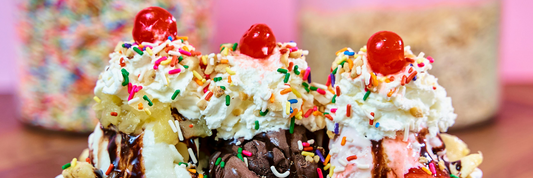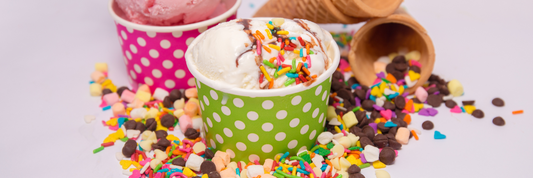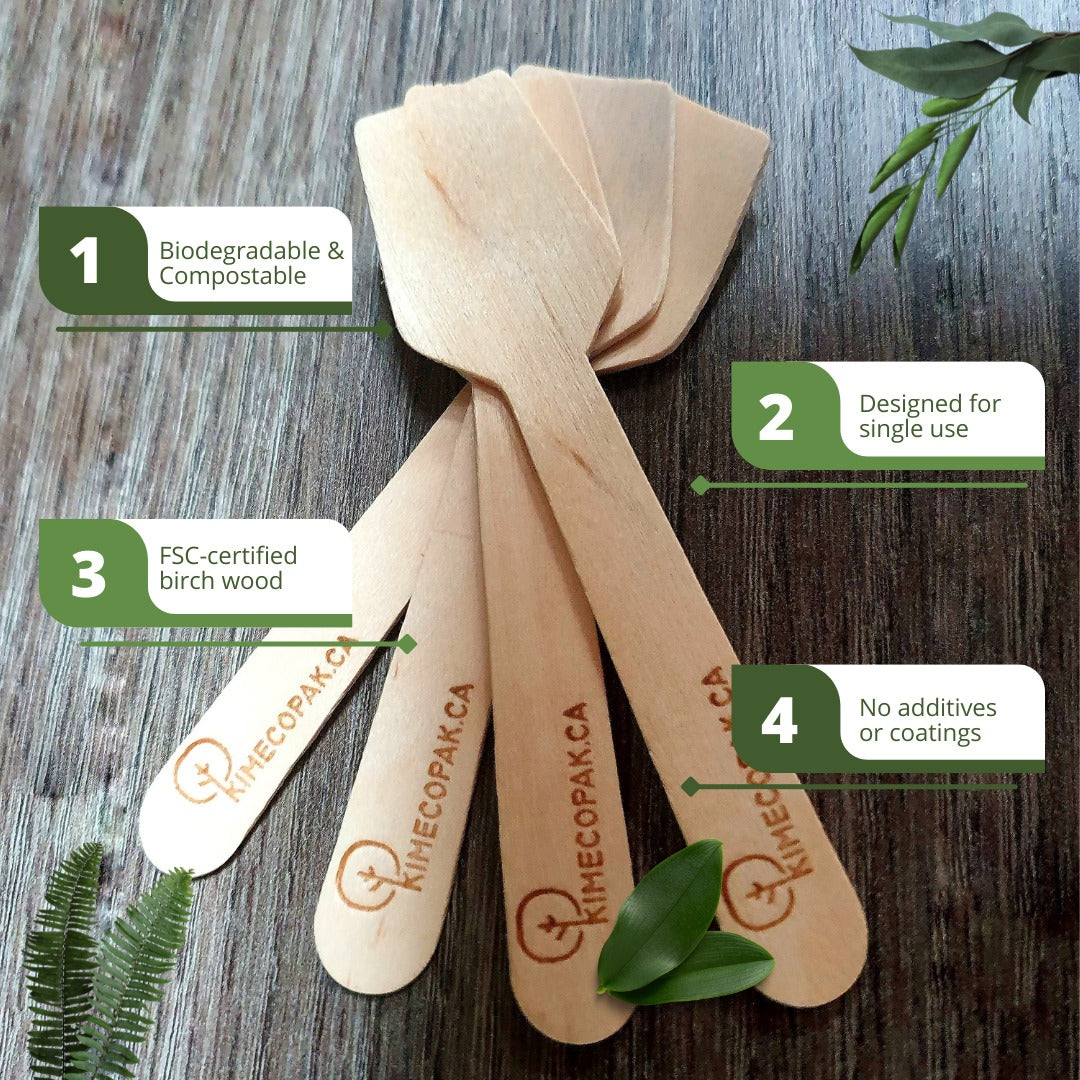Understanding caffeine in coffee is essential as it plays a significant role in our daily lives and health. From the types of coffee to the brewing methods, the caffeine content varies considerably. By familiarizing ourselves with both the health implications and common myths related to caffeine, we can enjoy our favorite brews responsibly, respecting our individual preferences and limits.
What is Caffeine?
Caffeine is a stimulant most commonly found in coffee, tea, and various soft drinks. As a psychoactive substance, it affects the central nervous system, temporarily warding off drowsiness and restoring alertness.
- Natural Sources: Besides coffee, caffeine can be found in tea leaves, cacao beans, and guarana berries.
- Added Caffeine: Many products, including energy drinks and various snacks, add caffeine to enhance their stimulating effects.
- Physiological Effects: When consumed, caffeine blocks the action of adenosine, a brain chemical involved in sleep. This results in increased alertness and reduced fatigue.
Why Do People Drink Coffee?
Coffee enjoys cultural significance around the world.
- Cultural Significance: For many, coffee rituals form an essential part of daily life or social gatherings, from the classic Italian espresso to the traditional Turkish coffee.
- Health Benefits: Moderate coffee consumption has been linked to various health benefits, including improved cognitive function, reduced risks of certain diseases, and even a lower chance of depression.
- Social Interactions: Coffee often serves as a backdrop for socialization, whether in casual meetups or business meetings.

Regulations and Standards
Caffeine consumption is regulated differently around the globe.
International Regulations: Various countries have different regulations regarding caffeine levels in food and beverages, particularly in energy drinks.
- Guidelines for Intake: Health organizations such as the FDA recommend a maximum daily intake of 400 mg of caffeine for most adults, equating to about four 8-ounce cups of brewed coffee.
- Measurement Standards: Caffeine content is typically measured in milligrams and can often be found on product labels.
Caffeine in different types of coffee

Brewed Coffee
Brewed coffee is a common choice for caffeine seekers.
- Caffeine in Brewed Coffee: An average 8-ounce serving of brewed coffee contains about 95 mg of caffeine, though this can vary.
- Factors Affecting Levels: Variables such as the type of coffee bean, brewing time, and grind size can significantly influence caffeine levels.
- Light vs. Dark Roasts: Contrary to popular belief, light roasts often contain slightly more caffeine than dark roasts due to the roasting process affecting bean density.
Espresso
Espresso offers a concentrated source of caffeine.
- Caffeine in Espresso: A single shot (1 ounce) of espresso has about 63 mg of caffeine.
- Concentration Comparison: While espresso has a lower volume, it is more concentrated than brewed coffee, leading to higher caffeine per ounce.
- Espresso-Based Drinks: Variations like lattes and cappuccinos contain espresso but are mixed with milk and other ingredients, typically diluting the caffeine content per serving.
Specialty Coffees
Specialty coffee drinks often introduce unique caffeine variations.
- Cold Brew and Nitro Coffee: Cold brew typically contains more caffeine than regular brewed coffee—averaging around 200 mg per 16-ounce serving—thanks to longer steeping times.
- Instant vs. Brewed Coffee: Instant coffee generally has less caffeine, averaging around 30-90 mg per 8-ounce cup, depending on the brand and preparation method.
- Flavored Coffees: The addition of flavoring does not usually affect caffeine levels significantly, though some flavored coffees might be mixed with lower-caffeine beans.
Factors Influencing Caffeine Levels in Coffee
Coffee Bean Type
The type of coffee bean plays a crucial role in caffeine content.
- Arabica vs. Robusta: Arabica beans have about half the caffeine content of Robusta beans, making Robusta a stronger option.
- Bean Origin: The region where beans are grown can also affect caffeine levels, with some areas producing beans with higher natural caffeine.
- Processing Methods: Methods such as washing or drying can also influence the final caffeine concentration in the beans.

Brewing Methods
Different brewing techniques yield different caffeine levels.
- Brewing Techniques: Drip, French press, and pour-over methods extract caffeine differently, with French press typically yielding a higher caffeine concentration due to prolonged steeping.
- Brew Time and Temperature: Longer brewing times and hotter water generally lead to higher caffeine extraction.
- Grind Size Impact: Finer grinds usually allow quicker extraction, increasing caffeine levels per serving.
Serving Sizes and Coffee Strength
Serving size and perceived strength affect caffeine consumption.
- Standard vs. Large Servings: Serving sizes can vary significantly at coffee shops, so a "large" coffee may contain considerably more caffeine than a standard serving.
- Strong Coffee Perception: The term "strong" often refers to flavor rather than caffeine content, which can lead to misunderstandings.
- Dose and Experience: The overall caffeine experience is influenced by both serving size and personal tolerance levels.
Health Implications of Caffeine Consumption
Recommended Daily Limits
Health organizations provide guidelines for safe caffeine consumption.
- Daily Limit: A common recommendation is not to exceed 400 mg daily, which reflects the average tolerance of most adults.
- Individual Variability: Personal factors such as metabolism, age, and health conditions can affect caffeine tolerance.
- Risks of Overconsumption: Excessive caffeine intake can lead to anxiety, insomnia, and heart palpitations.
Benefits of Moderate Caffeine Consumption
Moderate caffeine intake can be beneficial.
- Cognitive Benefits: Studies suggest that caffeine can enhance memory and improve mood.
- Disease Protection: Moderate coffee drinkers might have lower risks for certain conditions, such as Parkinson’s disease and Type 2 diabetes.
- Performance Enhancements: Athletes often use caffeine to improve physical performance and endurance.
Special Considerations
Specific groups need to consider caffeine more carefully.
- Pregnancy and Breastfeeding: Pregnant and nursing mothers are advised to limit caffeine intake to avoid potential risks to the developing baby.
- Caffeine Sensitivity: Individuals vary in their sensitivity to caffeine, with some experiencing adverse effects even at low doses.
- Medication Interactions: Caffeine can interact with certain medications, affecting their efficacy or causing side effects.
Debunking Myths About Caffeine in Coffee
Common Misconceptions
Several myths surround caffeine consumption.
- Decaf Coffee: Contrary to popular belief, decaf coffee isn’t entirely caffeine-free; it typically contains about 2-5 mg of caffeine per cup.
- Caffeine and Hydration: The idea that caffeine dehydrates the body has been debunked; moderate consumption does not significantly affect hydration levels.
- Effects on Sleep: While caffeine can disrupt sleep patterns, sensitivity and timing of consumption vary by individual, too.
Cultural Attitudes Towards Caffeine
Caffeine consumption reflects diverse cultural practices.
- Global Practices: Different cultures have their unique coffee rituals, from the French café au lait to the Swedish fika.
- Historical Views: The perception of caffeine has evolved, with it once being viewed as a dangerous substance and now celebrating it as a social staple.
- Modern Trends: There’s a growing trend towards specialty and artisanal coffee, reflecting changing tastes and knowledge regarding caffeine.
Scientific Research and Findings
Ongoing research continues to explore caffeine's health impacts.
- Notable Studies: Research is increasingly revealing the complex relationship between caffeine consumption and health, uncovering both benefits and risks.
- Media Representation: The portrayal of caffeine research in popular media can be misleading; it's crucial to consult scientific findings directly.
- Future Research Directions: With caffeine's popularity surging, the field is ripe for further exploration into its long-term effects and benefits.
FAQs
How much caffeine is in a cup of coffee?
An average 8-ounce cup of brewed coffee contains about 95 mg of caffeine.
Is dark roast coffee higher in caffeine than light roast?
No, light roast coffee generally has a slightly higher caffeine content compared to dark roast due to differences in roasting processes.
Can I get too much caffeine from coffee?
Yes, consuming more than 400 mg of caffeine in a day may lead to negative health effects.
What are the effects of caffeine on sleep?
Caffeine can disrupt sleep for some individuals, especially if consumed in the afternoon or evening.
Decaffeinated coffee contains some caffeine, typically around 2-5 mg per cup.







